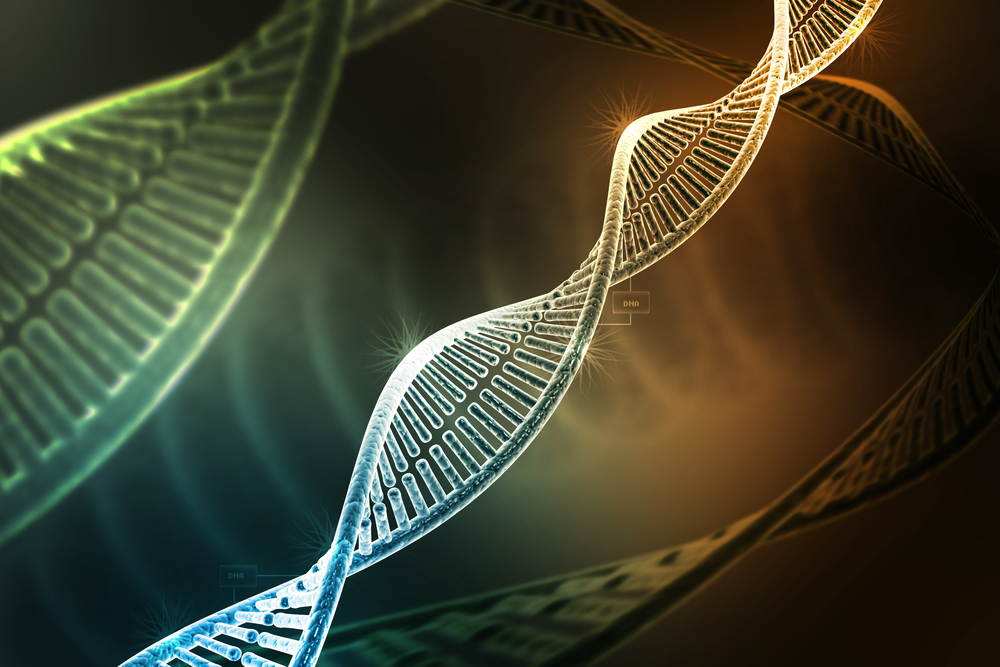Gene Therapy Candidate AMT-130 Shows Promise in Preclinical Findings
Written by |

Encouraging new preclinical data on AMT-130, uniQure’s experimental gene therapy candidate for Huntington’s disease, were presented at the 14th Annual Huntington’s disease Therapeutics Conference.
The conference was organized by the CHDI Foundation and held in Palm Springs, California, Feb. 25–28.
“Findings from our preclinical studies illustrate the therapeutic potential of AMT-130 in restoring function to damaged brain cells in Huntington’s disease and providing a safe and sustained reduction of mutant huntingtin protein with a gene therapy candidate that could be applicable to a broad patient population,” Sander van Deventer, MD, PhD, chief scientific officer at uniQure, said in a press release.
Huntington’s disease is a neurodegenerative condition caused by a mutation in the huntingtin (HTT) gene. The message encoded in a gene is first converted to a messenger molecule called mRNA, which is translated into a protein. AMT-130 contains a small synthetic RNA molecule called microRNA specifically designed to target the mRNA that gives origin to the HTT protein. Binding of this microRNA marks HTT’s mRNA for degradation, thus preventing the production of a faulty protein.
A noninfectious adeno-associated virus (AAV5) is used as a vehicle to transport AMT-130 into nerve cells.
Three poster presentations describing new data on AMT-130 were presented at the conference. Two described preclinical data in a mouse model and in mini pigs. The third study demonstrated the targeted delivery path in the human brain for AMT-130 administration.
The poster “Magnetic resonance spectroscopy (MRS) shows restoration of neuronal function in a HD mouse model treated with AMT-130” described the efficacy of a non-invasive technique called magnetic resonance specroscopy (MRS) to monitor the function of AMT-130 in mouse brain cells. MRS measures biomarkers within brain cells to reveal their health status.
At three months after AMT-130 injection in mice striatum — a brain region that controls movement — significant levels of AMT-130 microRNA were detected in the treated areas, which led to a marked reduction of the mutant HTT protein. MRS analyses showed improvement in brain cell function and a partial reversal of volume loss in the hippocampus — a brain area involved in memory.
The presence of antibodies against AMT-130’s viral vector can lower the treatment’s efficacy, as these antibodies can neutralize the therapy before it can perform its function. In a poster titled “Pre-existing serum antibodies to AAV5 Neutralizing Antibodies (NABs) are not found in the cerebrospinal fluid (CSF),” researchers showed that in healthy mini pigs (an animal model used to study disease), pre-existing AAV-5 neutralizing antibodies were prevalent in the animals’ serum but were absent in their cerebrospinal fluid — the liquid that surrounds the brain and spinal cord.
Previous studies in healthy donors and primates had already shown that anti-AAV5 neutralizing antibodies did not interfere with the therapeutic effect of AAV5 gene therapies. These results are promising, as they suggest that the efficacy of AAV5-mediated gene therapies (such as AMT-130) when administered to the brain or spinal fluid will likely not be affected.
“uniQure’s neuroimaging translational studies in non-human primates and Huntington’s disease patients shows the importance of careful, individualized neurosurgical planning and meticulous dosing parameters in delivering gene therapy products to the brain,” said Joseph J. Higgins, MD, vice president, clinical development at uniQure.
In another poster titled “Virtual neurosurgical planning demonstrates the safety of deep brain gene delivery in patients with early manifest HD,” researchers used high-resolution magnetic resonance imaging (MRI) to identify the correct path through which they could guide micro-catheters for the targeted delivery of AMT-130 in affected regions of the brain. This precise technique is called convection enhanced delivery. The team reviewed MRI scans from 20 Huntington’s patients to identify specific trajectories that could safely and efficiently deliver AMT-130 to the desired regions of the brain.
“We are excited about the AMT-130 clinical development program and look forward to treating the first patient in the second half of this year and announcing initial safety data by year end,” Higgins said.
Scientific presentations by uniQure also included a talk by Pavlina Konstantinova, PhD, vice president, new therapeutic target discovery at uniQure, titled “Gene Therapy for Huntington’s Disease: Silencing the Villain,” as well as two more posters “Sustained mutant huntingtin lowering in the brain and cerebrospinal fluid of Huntington disease minipigs mediated by AAV5-miHTT gene therapy” and “Transfer of therapeutic miRNAs within extracellular vesicles secreted from Huntington’s disease iPSC-derived neurons.”
The FDA granted AMT-130 orphan drug status for the treatment of Huntington’s disease in October 2017.





